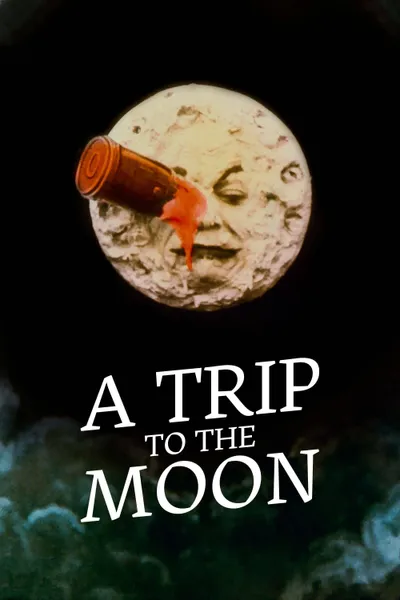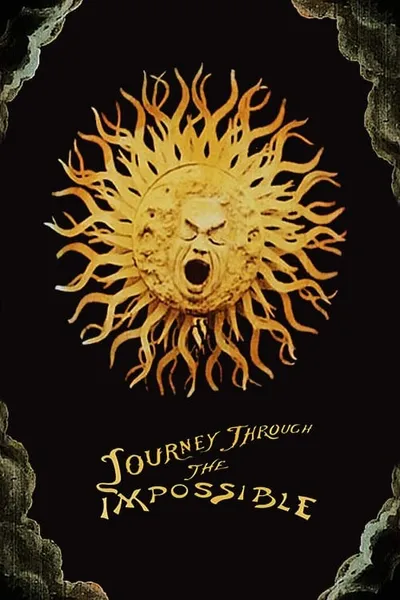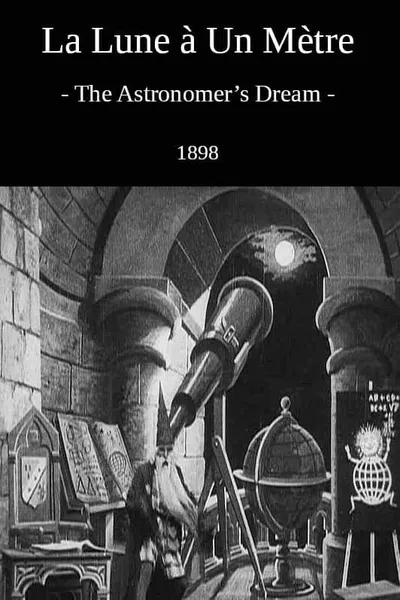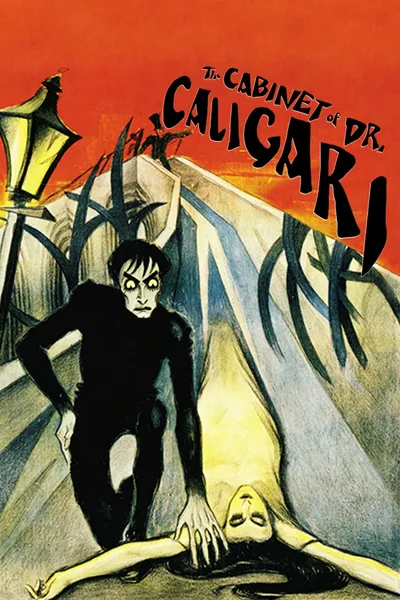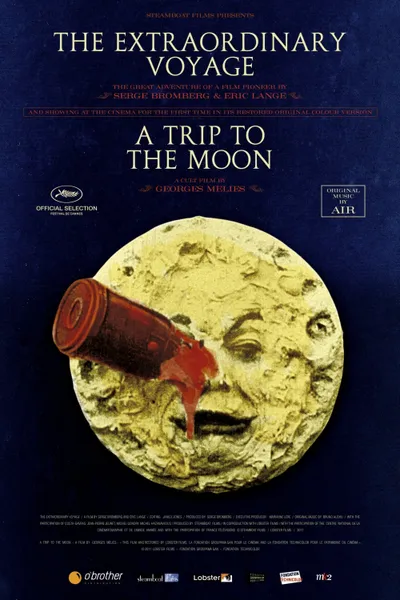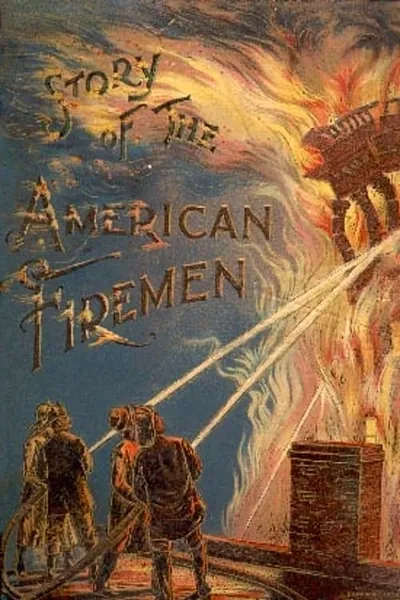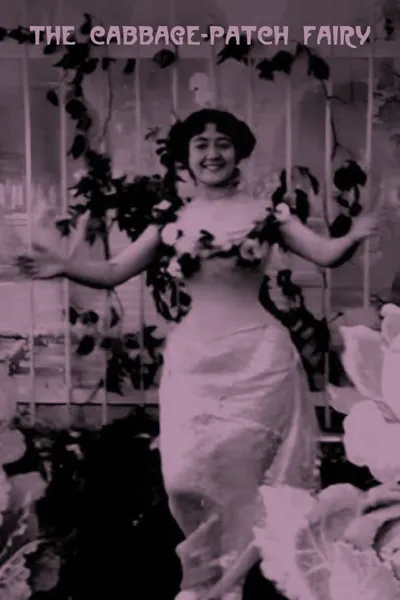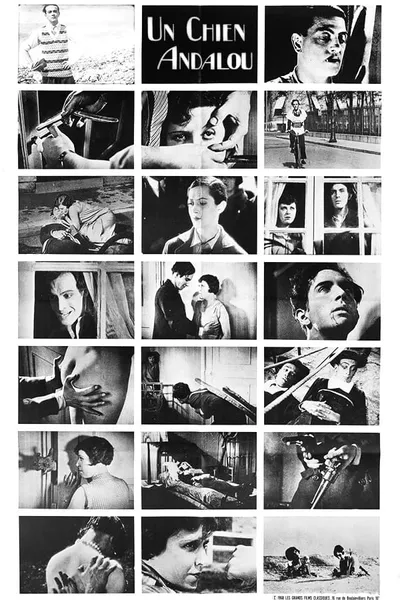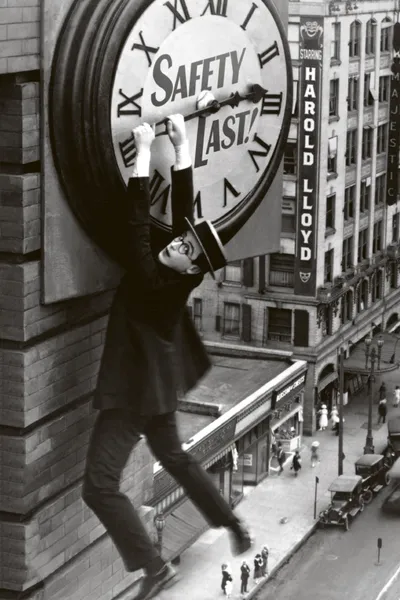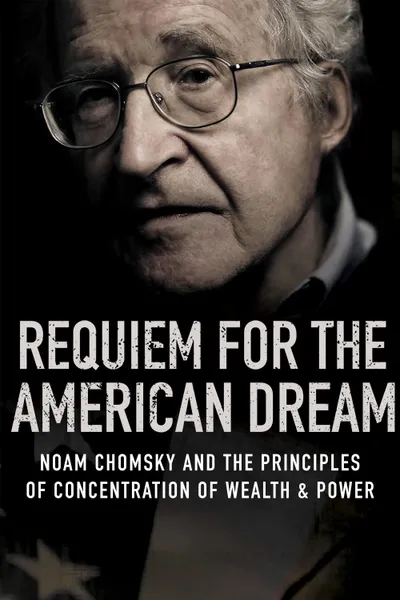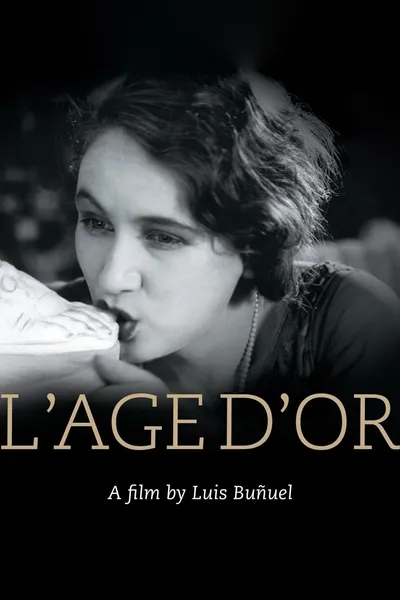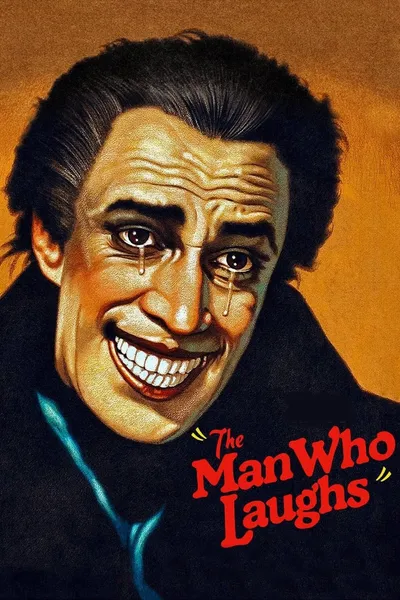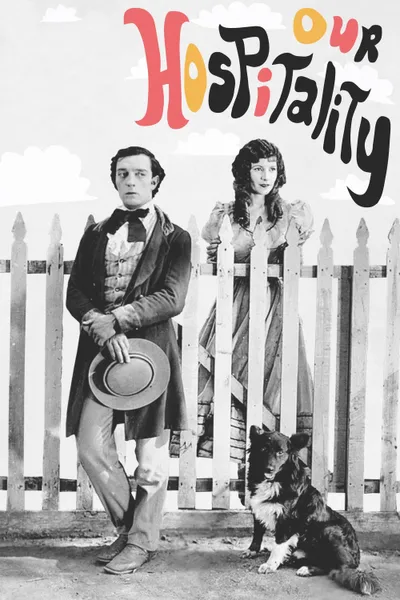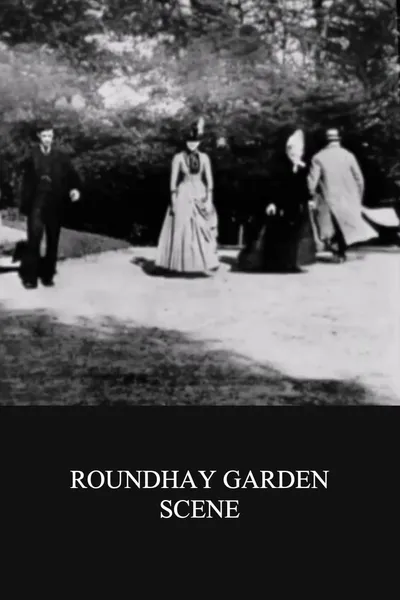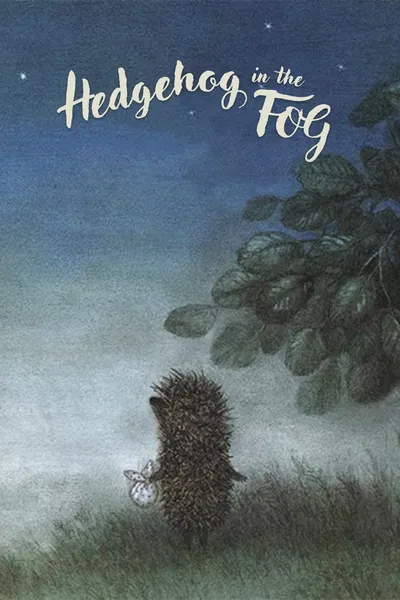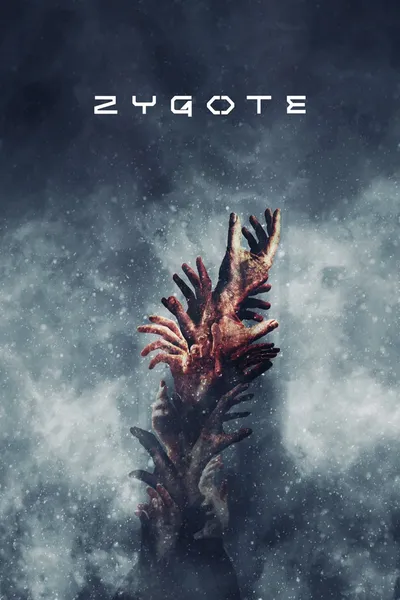Reviews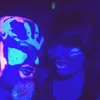
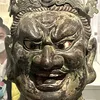

Gimly
August 25, 20195.0
I just knew this was gonna have a high score on letterboxd. Yo, it's important, it's visionary, it's observable history, it's revolutionary for it's time, all that jazz. But guess what else? I don't for a minute believe those people actually went to the moon.
Should still be required viewing for film classes though.
_Final rating:★★½ - Not quite for me, but I definitely get the appeal._
dogstir
February 23, 20217.0
_A Trip to the Moon_ (1902), initially titled in French as _Le Voyage dans la Lune_, is director Georges Méliès' most famous film out of the more than 500 films he made. He stars as Professor Barbenfouillis, who, along with several other astronomers, boards a bullet-shaped spacecraft fired from a long cannon onto the moon's surface. Once there, the astronauts explore the moon, sleep under the open stars, and after a snowstorm, they flee into a cavern where they discover moon inhabitants (called Selenites after the Greek goddess of the moon, Selene). After being attacked, the astronauts return to their spaceship and fall from the moon back to the Earth, where they are welcomed as heroes.
There are multiple versions of this film, both in black & white and hand-colored versions. The 2010 "restored" version of this film is colorized, and it features a modern-day score by the French musical group, Air (with members Nicolas Godin, Nicolas Godin, Jean-Benoît Dunckel, Jean-Benoît Dunckel). This version is a surreal, psychedelic acid trip (which has a long-lost parade scene at the end of the film). The black & white versions, with traditional string scores (and often narration), are easier to watch.
This film gets 3.5 stars mostly because it was the earliest science fiction film and the earliest film containing animation which I have seen.

CinemaSerf
August 29, 20227.0
There is something almost Arthurian about the opening to this short feature as an ensemble of astronomers gather complete with pointy hats and telescopes. Why? Well they are discussing the likely prospects of a trip to the moon. As you might expect, the conversation gets a little heated but eventually we see the familiar shape of a space module under construction - again amidst considerable discord, though by now we have reverted to ordinary attire. To grand ceremony, their ship is loaded into an enormous gun and they are blasted into space... This is good fun, especially once they have got off the ground and the crew are seen wandering around the moon as if it were the Bois de Boulogne on a sunny Sunday. The sets are of course basic, but given it was shot in 1902 they are still effective as the crew settle down for a nice night's sleep under the eyes of the gods. A spate of what looks like snow forces them underground where they enter a Vernean style environment with huge mushrooms and what I can only describe as a lunar equivalent of "Ben Gunn" before discovering that there is life on the moon after all and it's none too friendly - forcing them to beat a rather hasty retreat. Science this is not, not even remotely, but it's really quite an entertaining film with plenty of movement, acrobatics and even the odd visual effect.
Axel
March 7, 20237.0
The visuals in Trip to the Moon, produced in 1902, are still impressive, surreal, and unique, even by modern standards. Méliès' use of special effects, executed with hyper-stylization, makes them somewhat timeless. Méliès was undoubtedly regarded as a wizard at the time, and the film's creativity is admirable. However, after 120 years, it's difficult to stay actively engaged in the story. The experience is more about passively admiring the visuals than being actively involved in the narrative. Nevertheless, Trip to the Moon is still more engaging than many contemporary films, despite over a century of technological innovation. The film's accompanying score was also noteworthy, as it was modern and perfectly matched the movie's atmosphere, demonstrating how far ahead of its time Trip to the Moon was.
Recommendation Movies
The Great Train Robbery1903
The Impossible Voyage1904
The Arrival of a Train at La Ciotat1896
The Astronomer's Dream1898
The Birth of a Nation1915
The Four Troublesome Heads1898
The Cabinet of Dr. Caligari1920
The Extraordinary Voyage2011
Life of an American Fireman1903
The Cabbage-Patch Fairy1896
Un Chien Andalou1929
Safety Last!1923
Requiem for the American Dream2015
L'Âge d'or1930
The Man Who Laughs1928
Our Hospitality1923
All That Heaven Allows1955
Roundhay Garden Scene1888
Hedgehog in the Fog1975
Zygote2017
© 2024 MoovieTime. All rights reserved.Made with Nuxt
